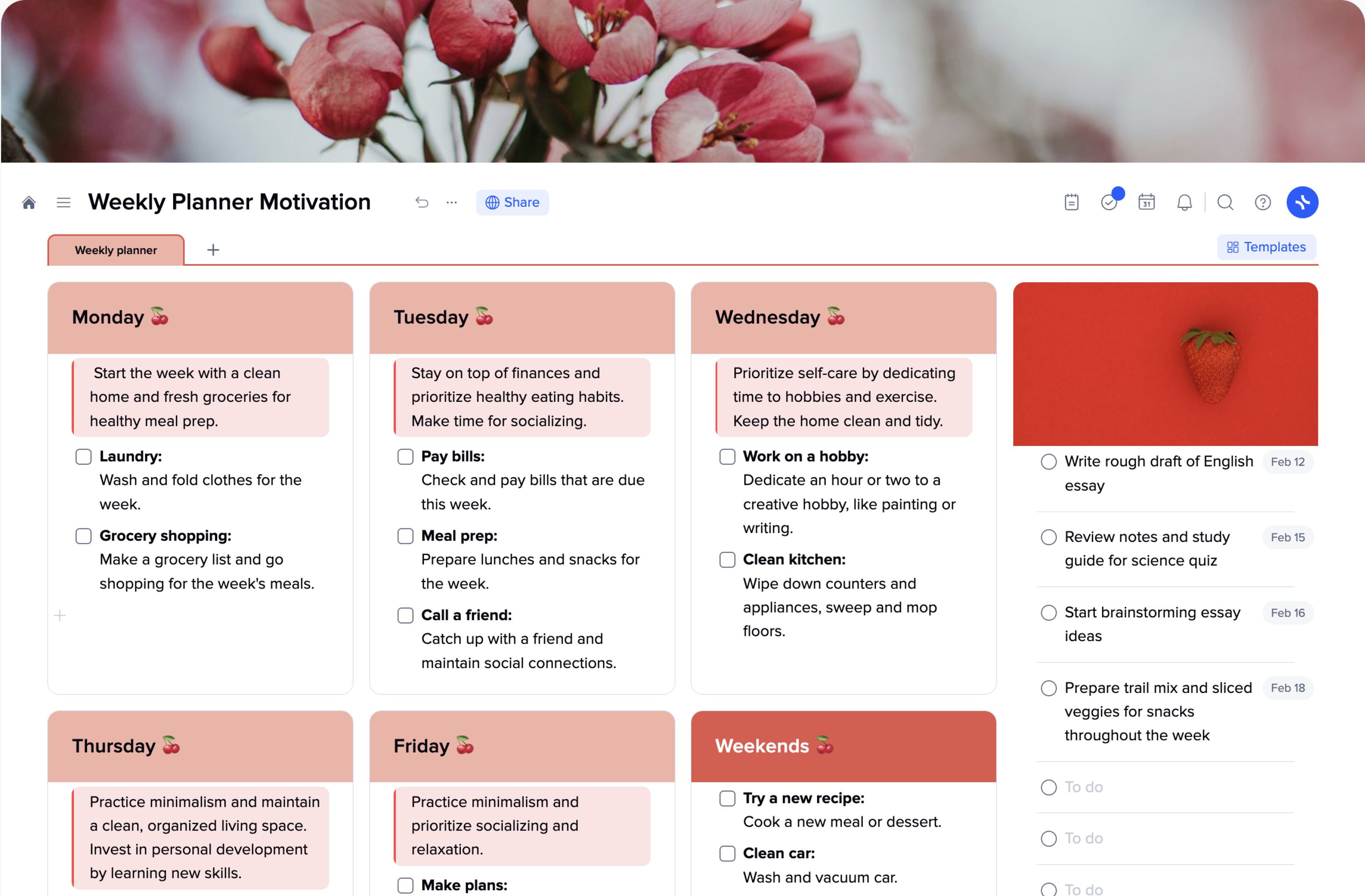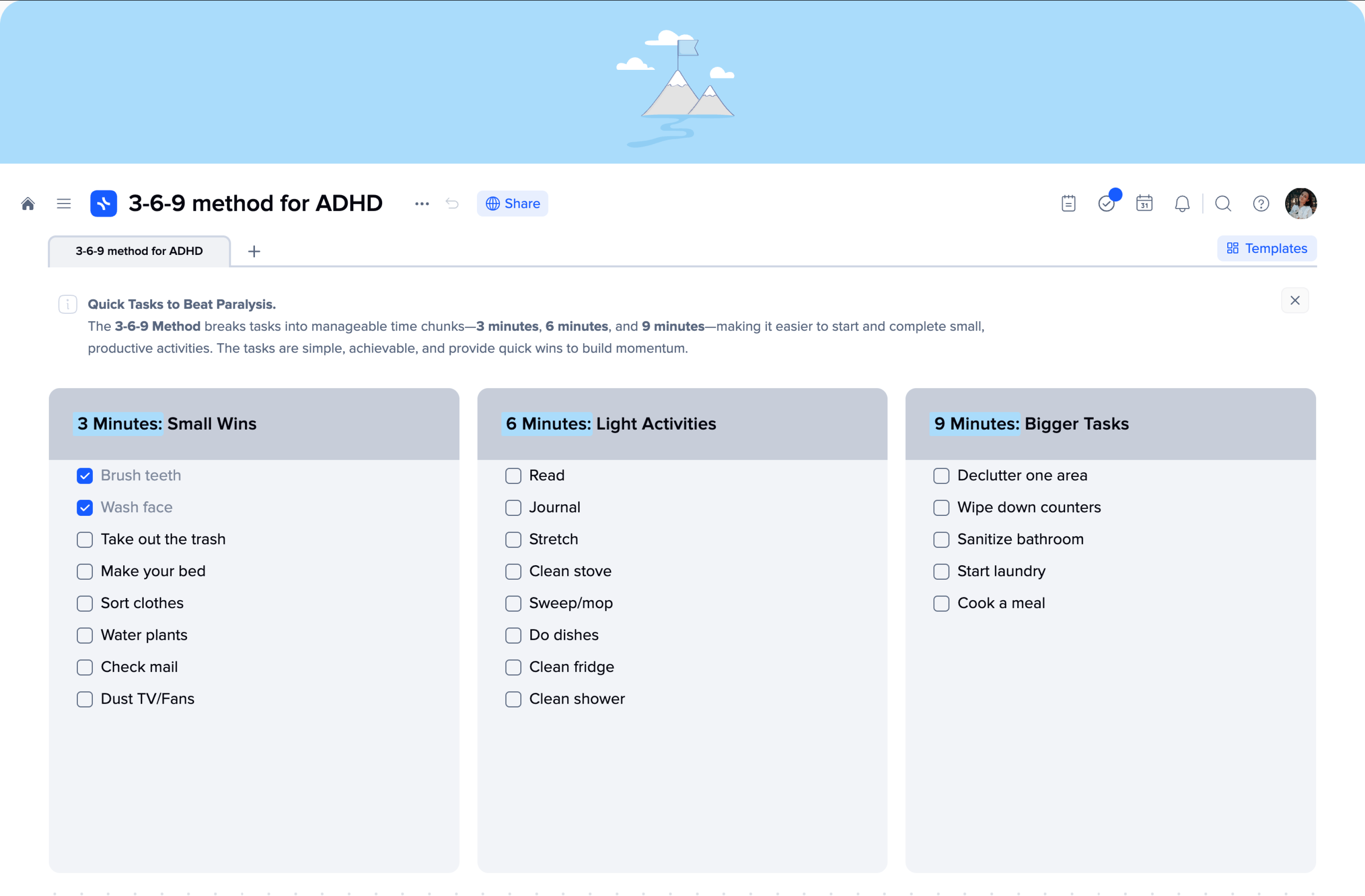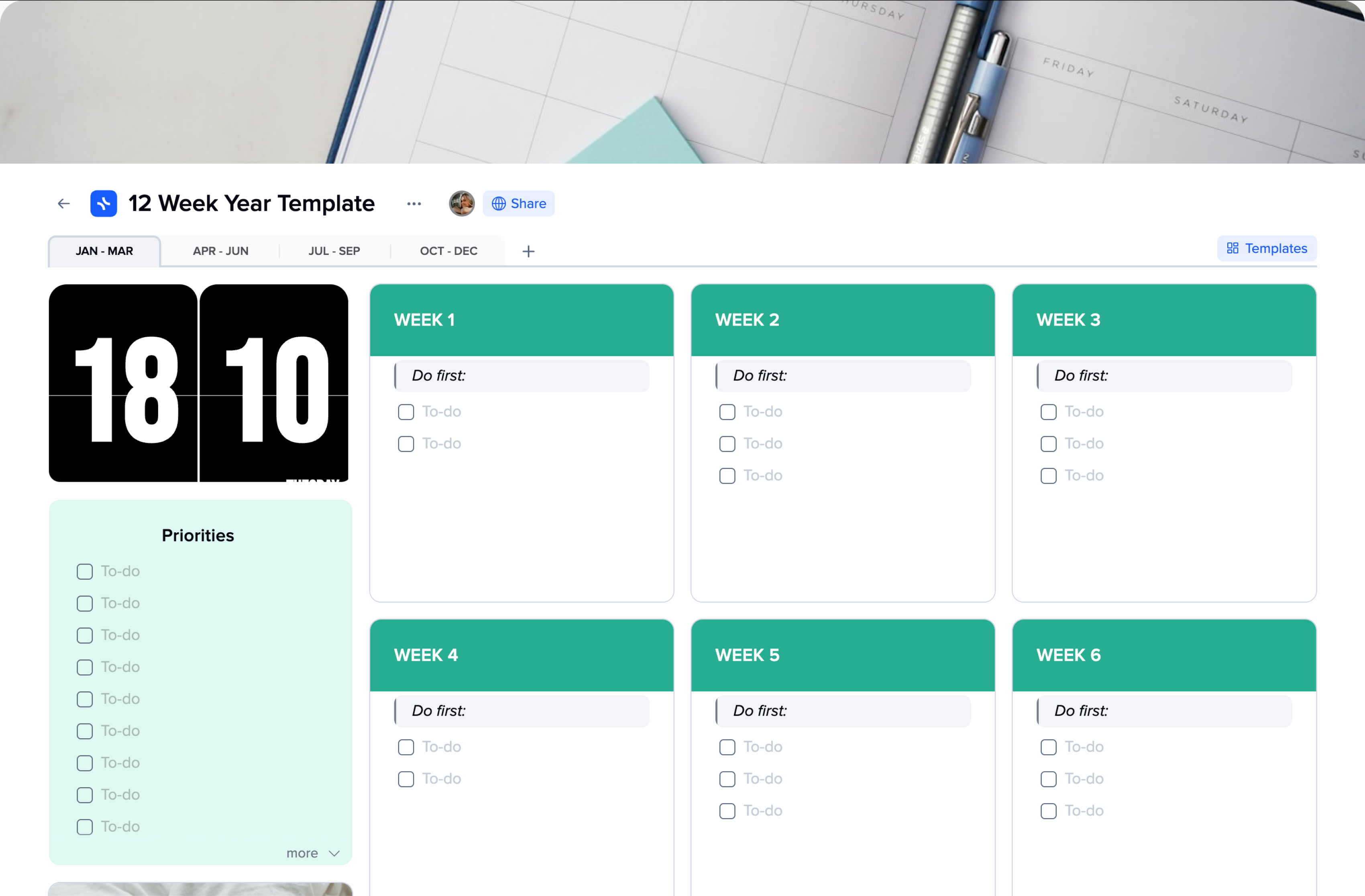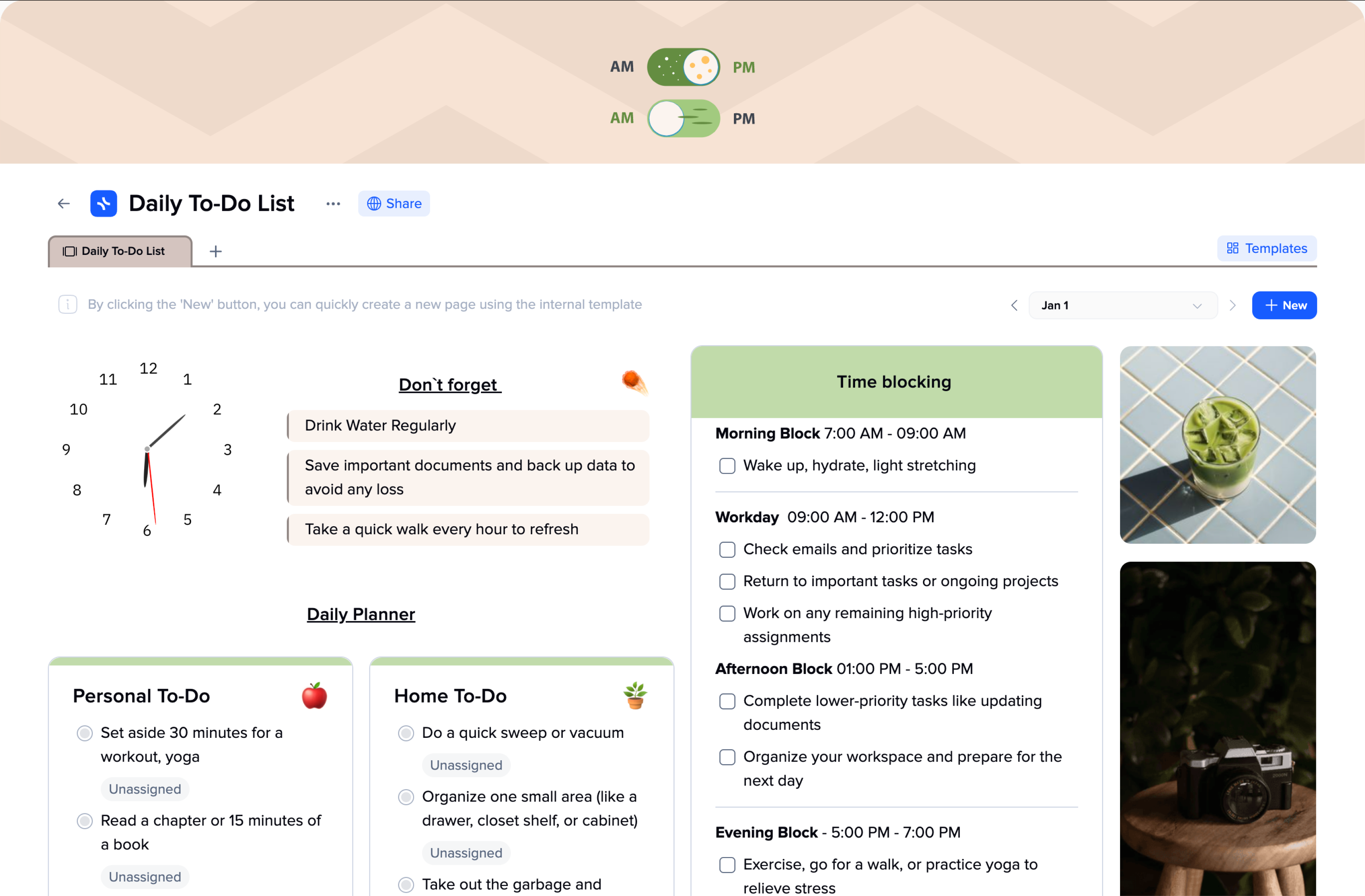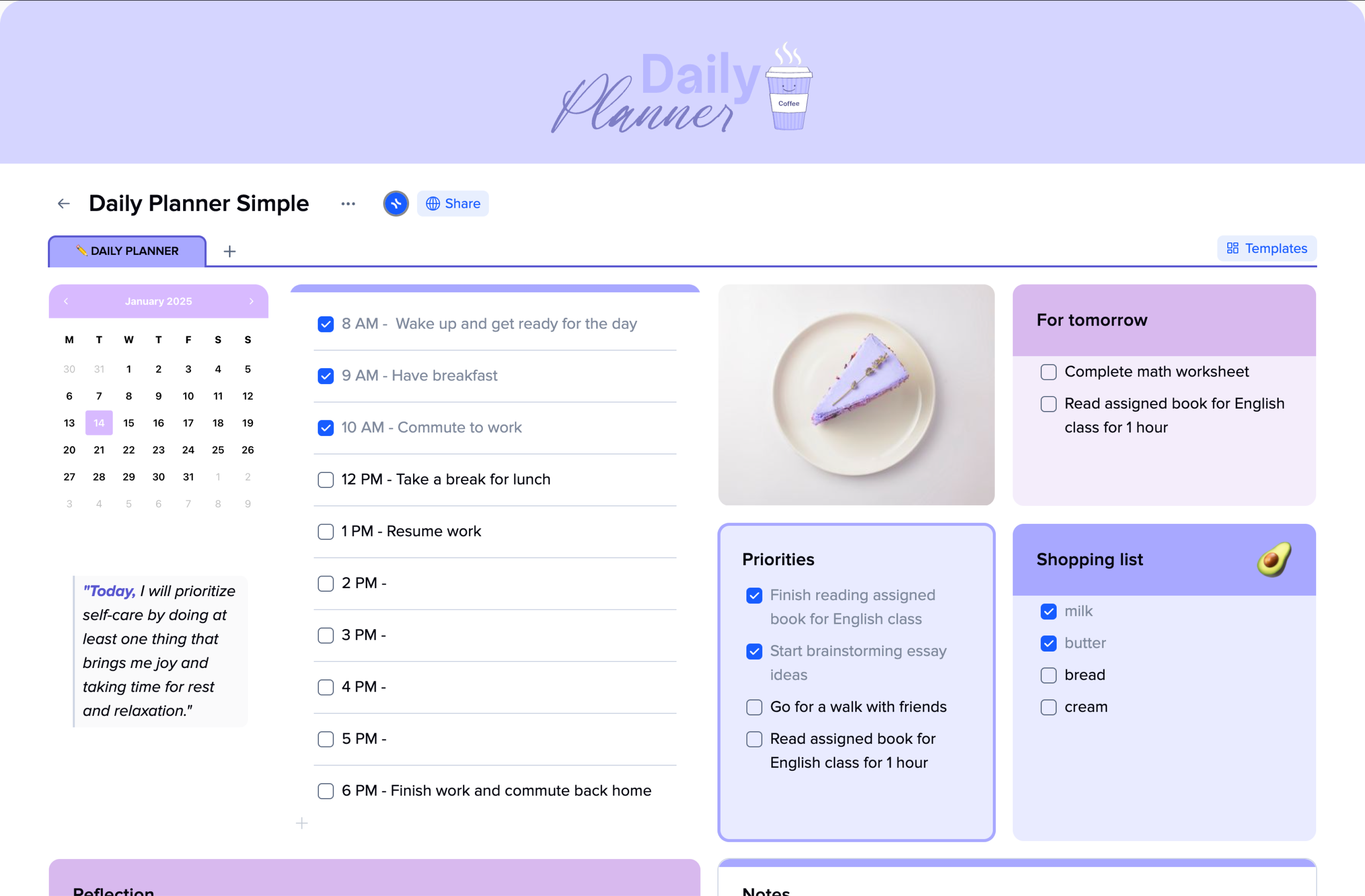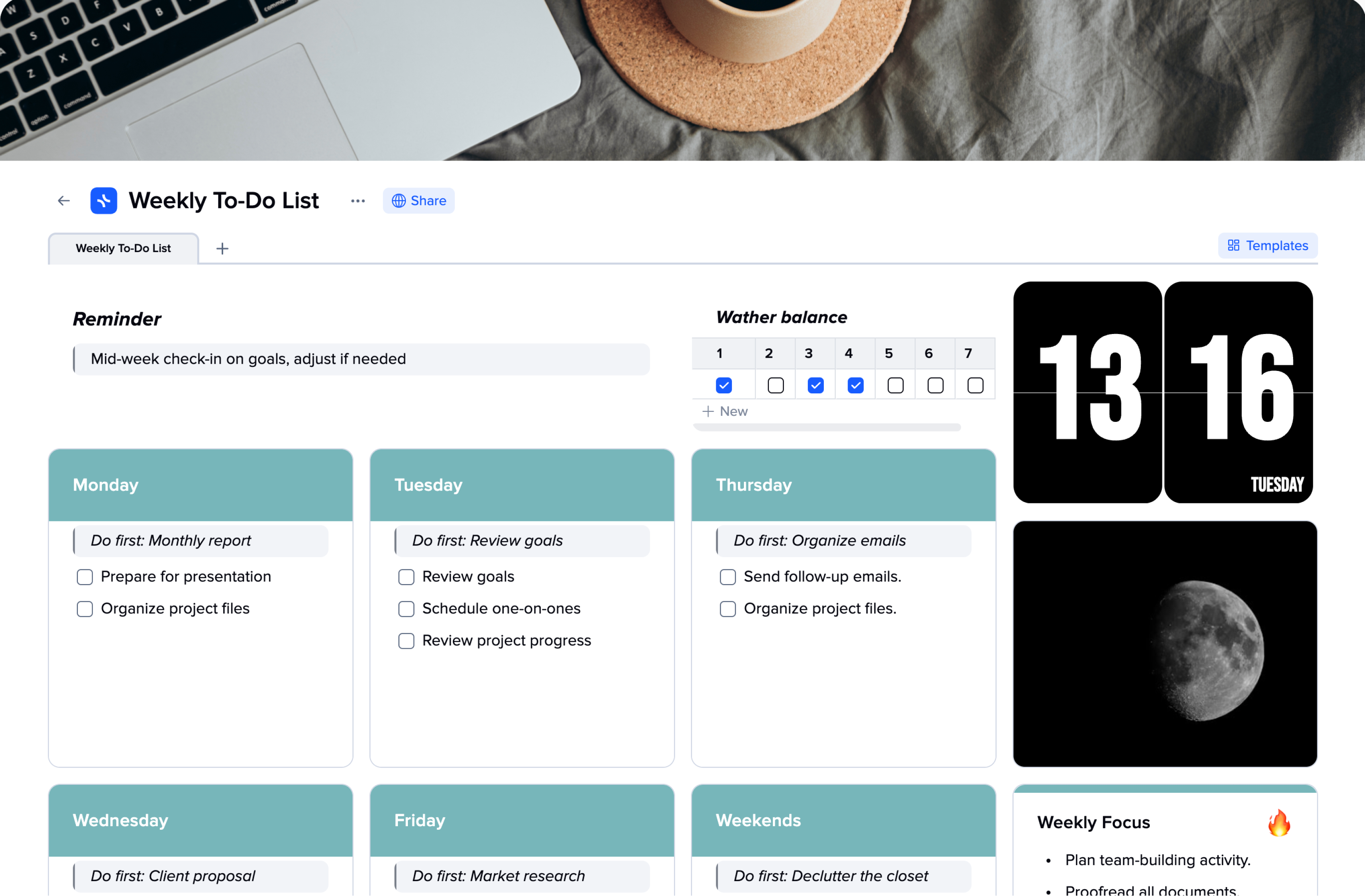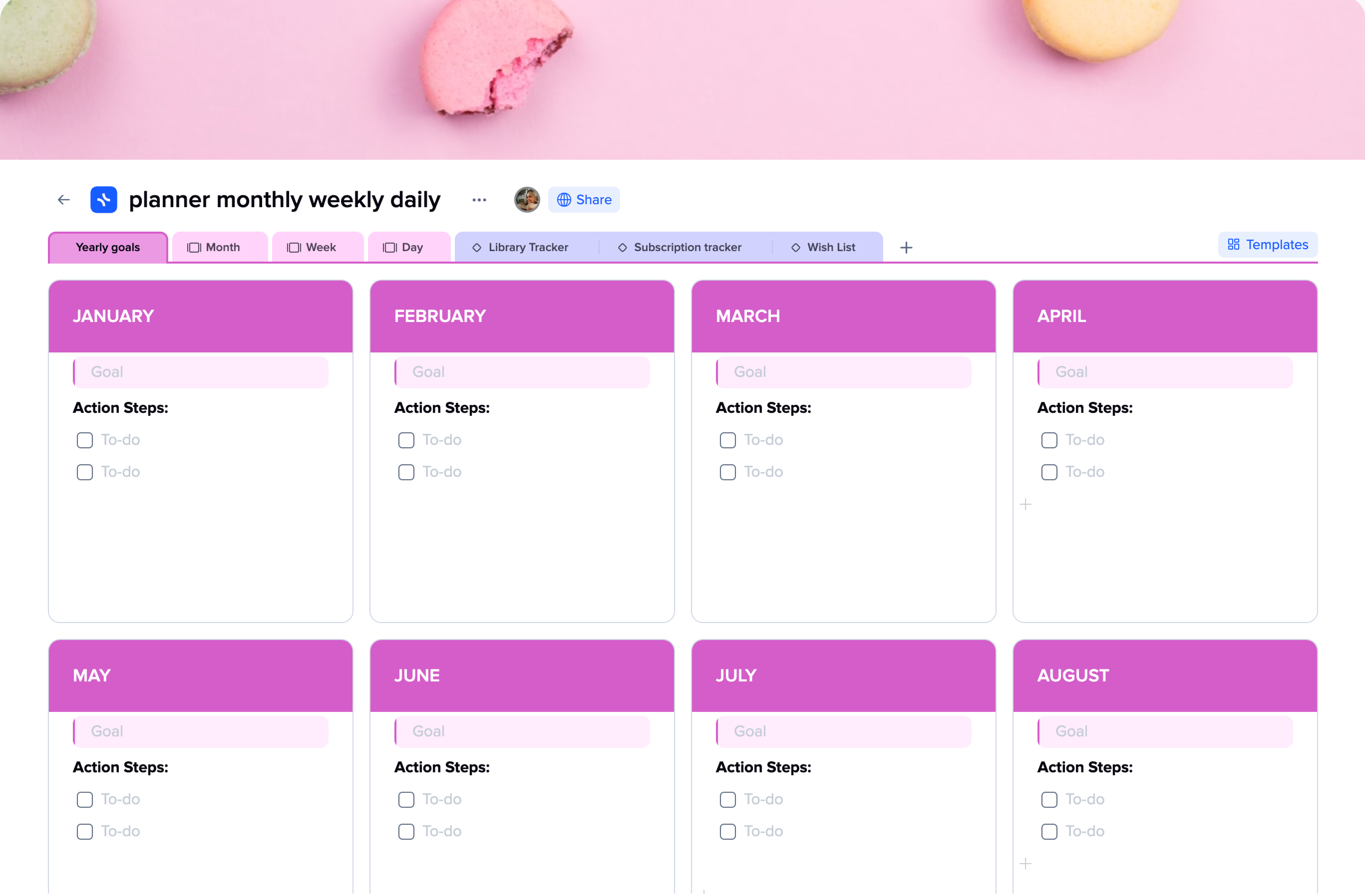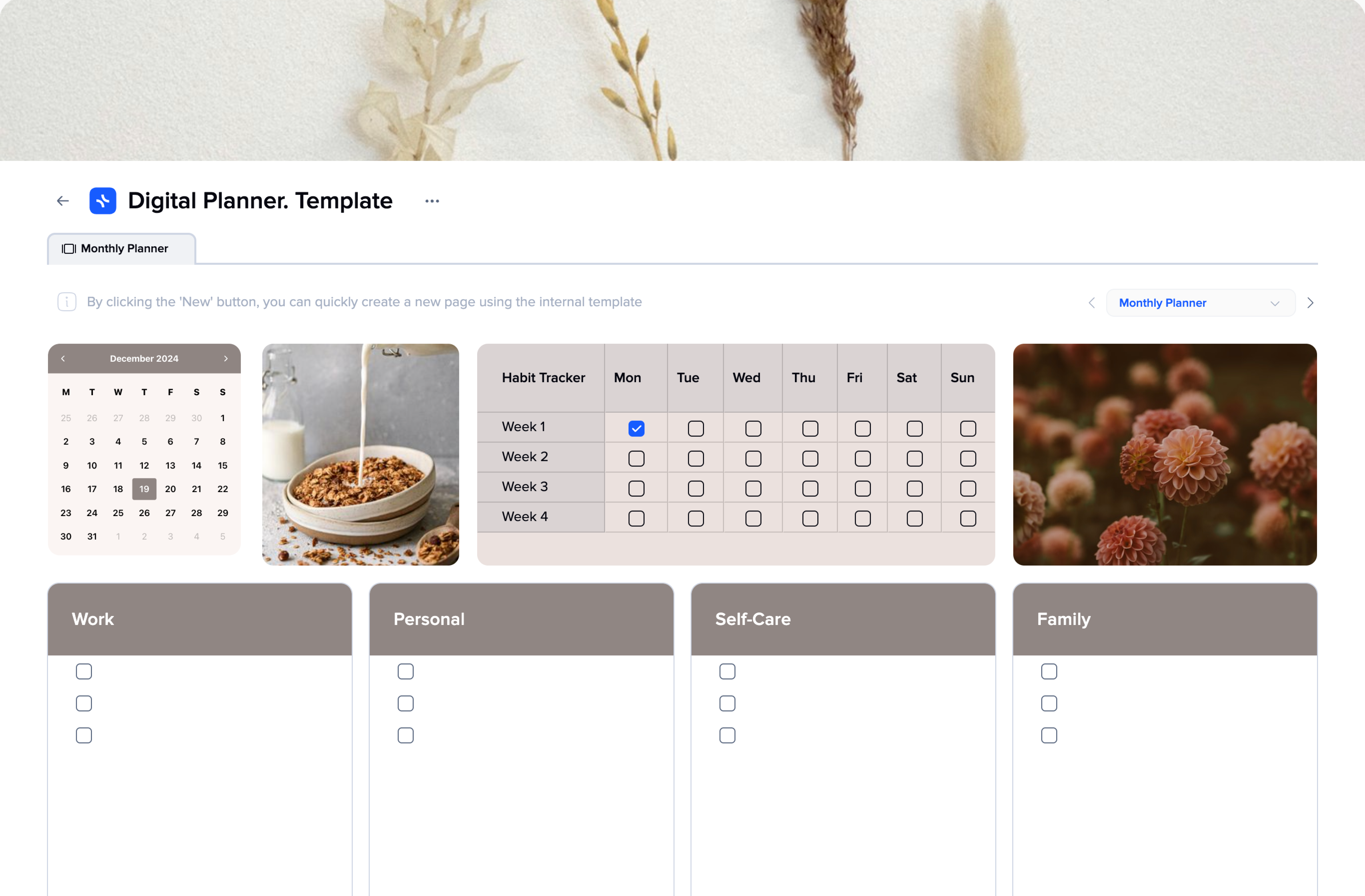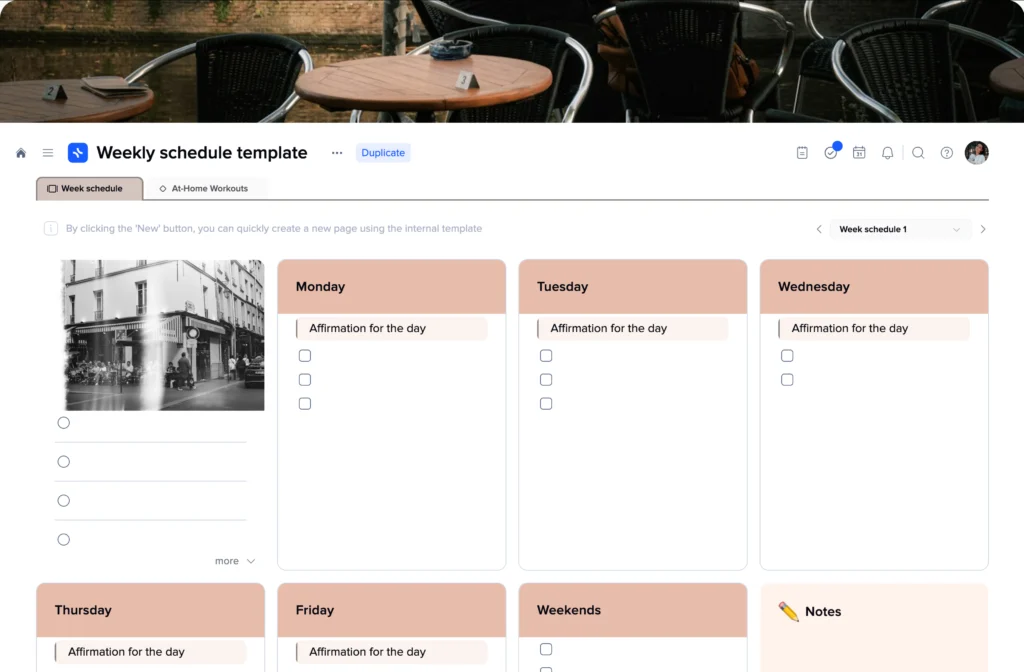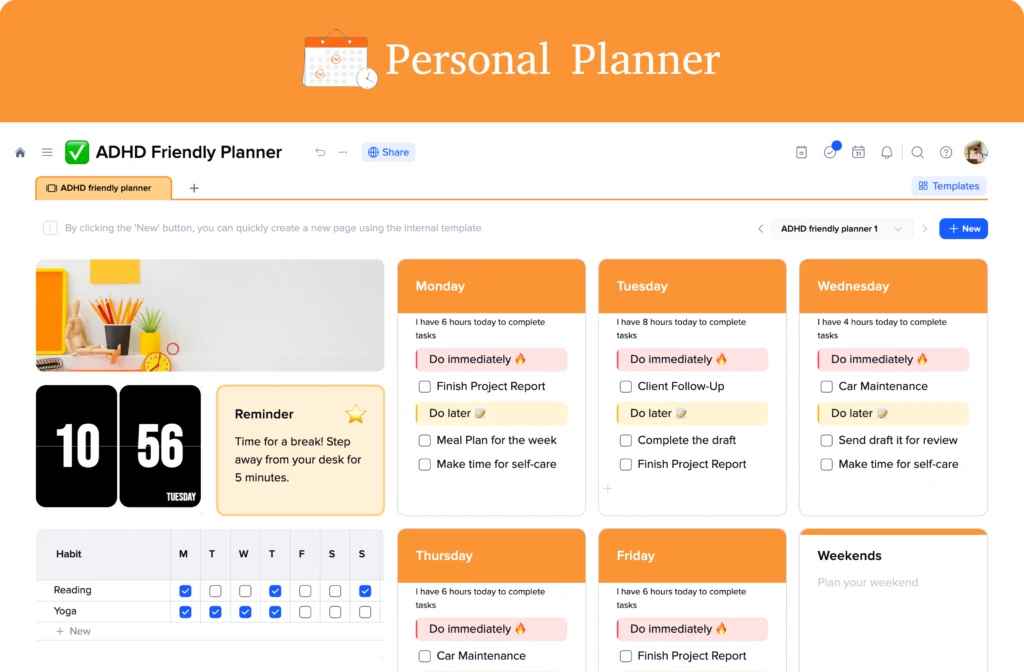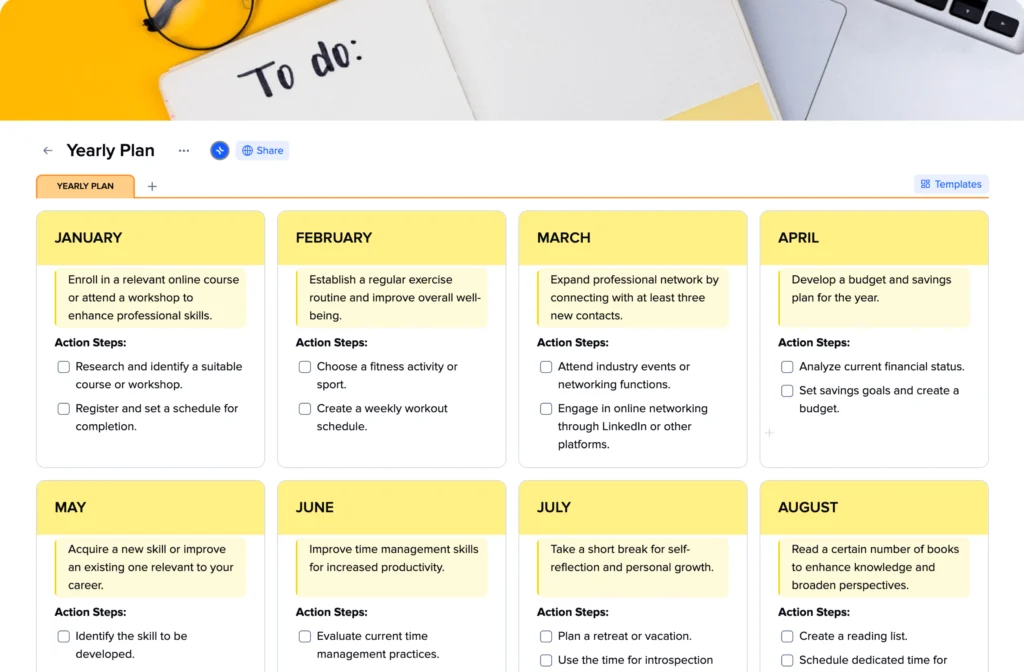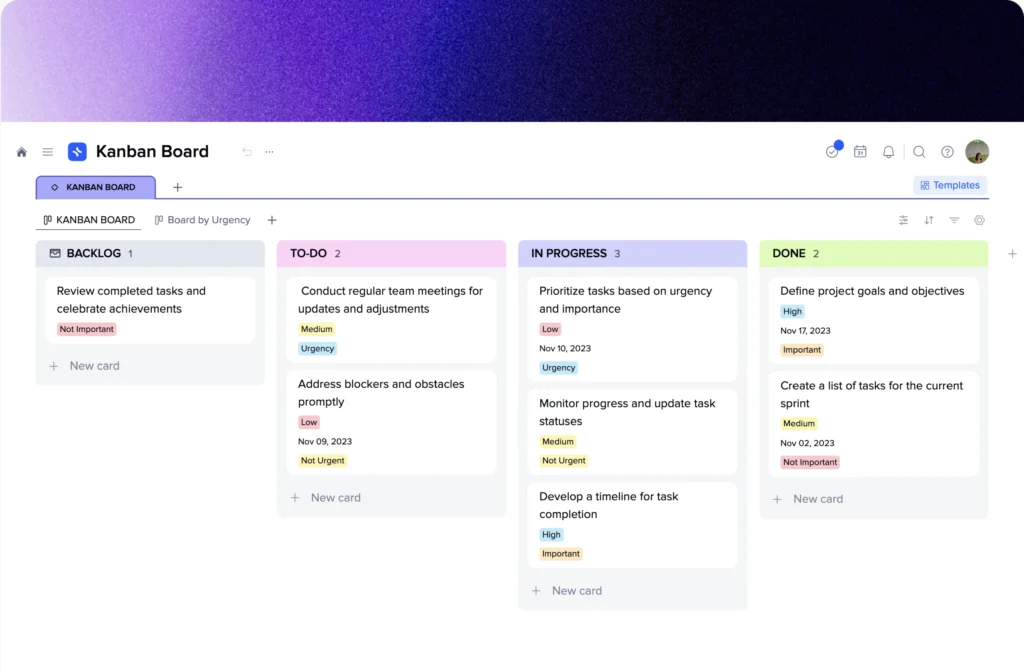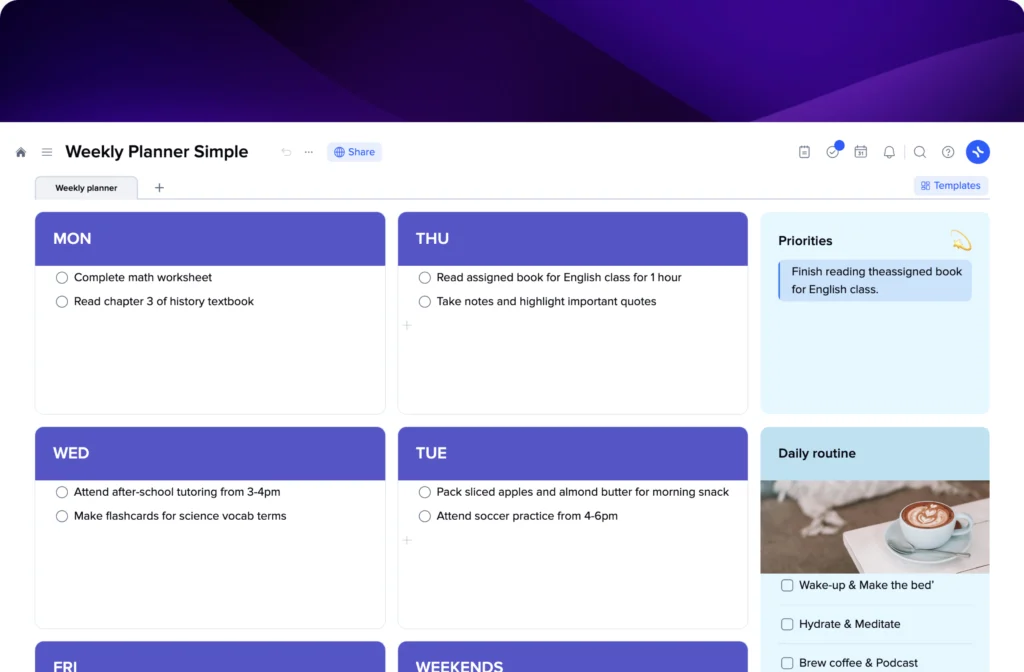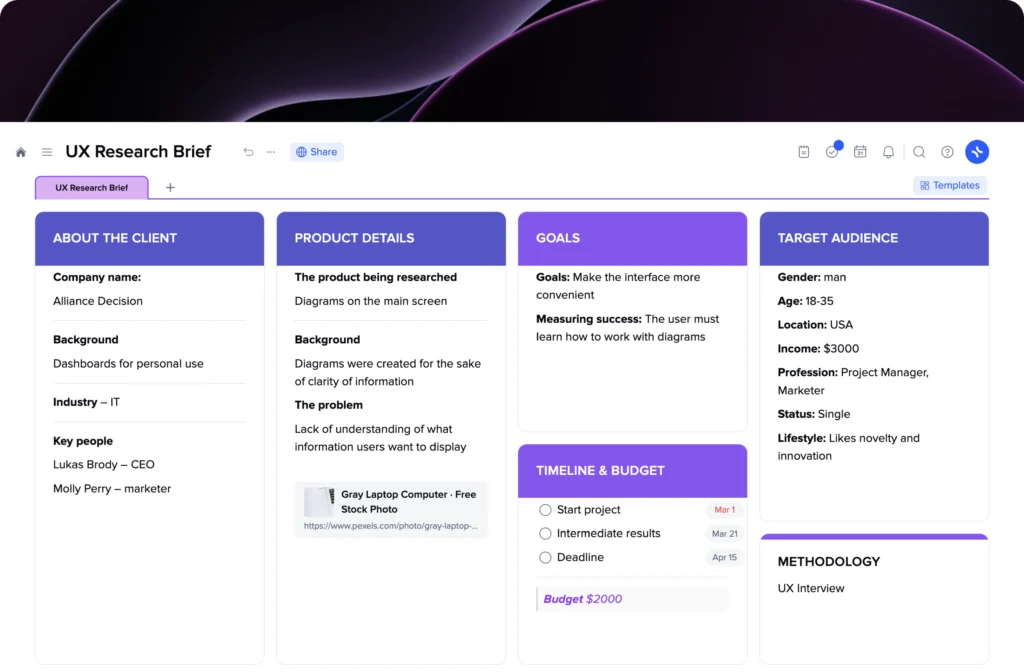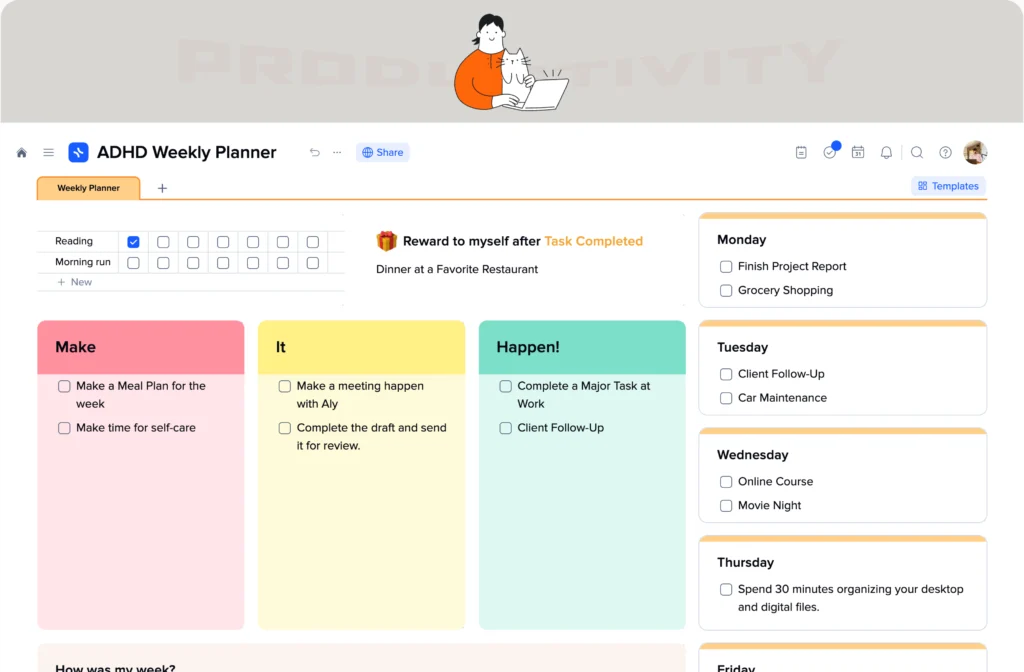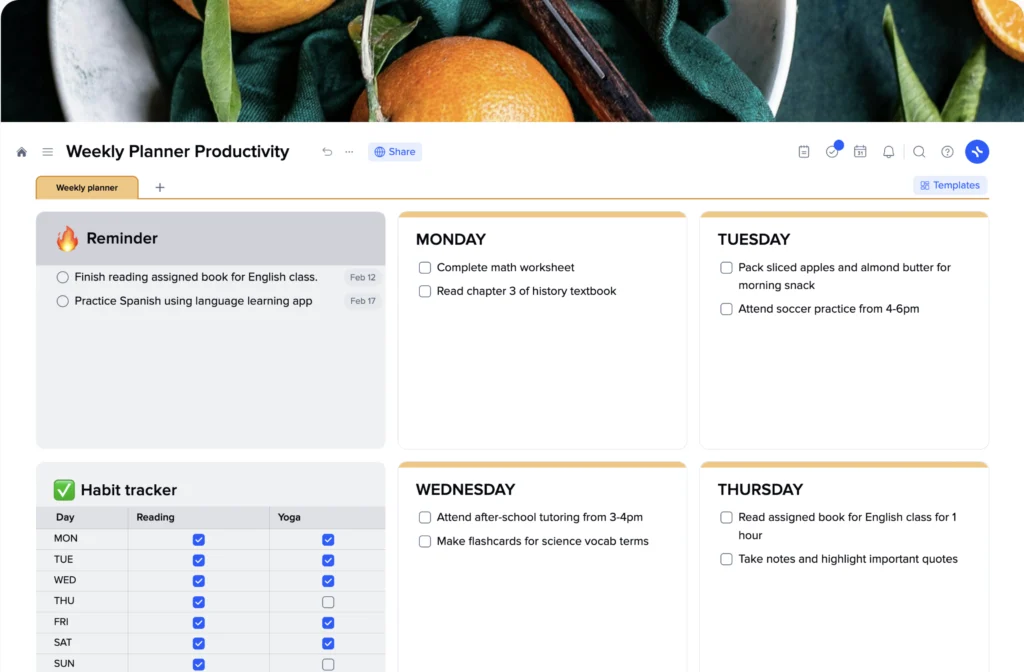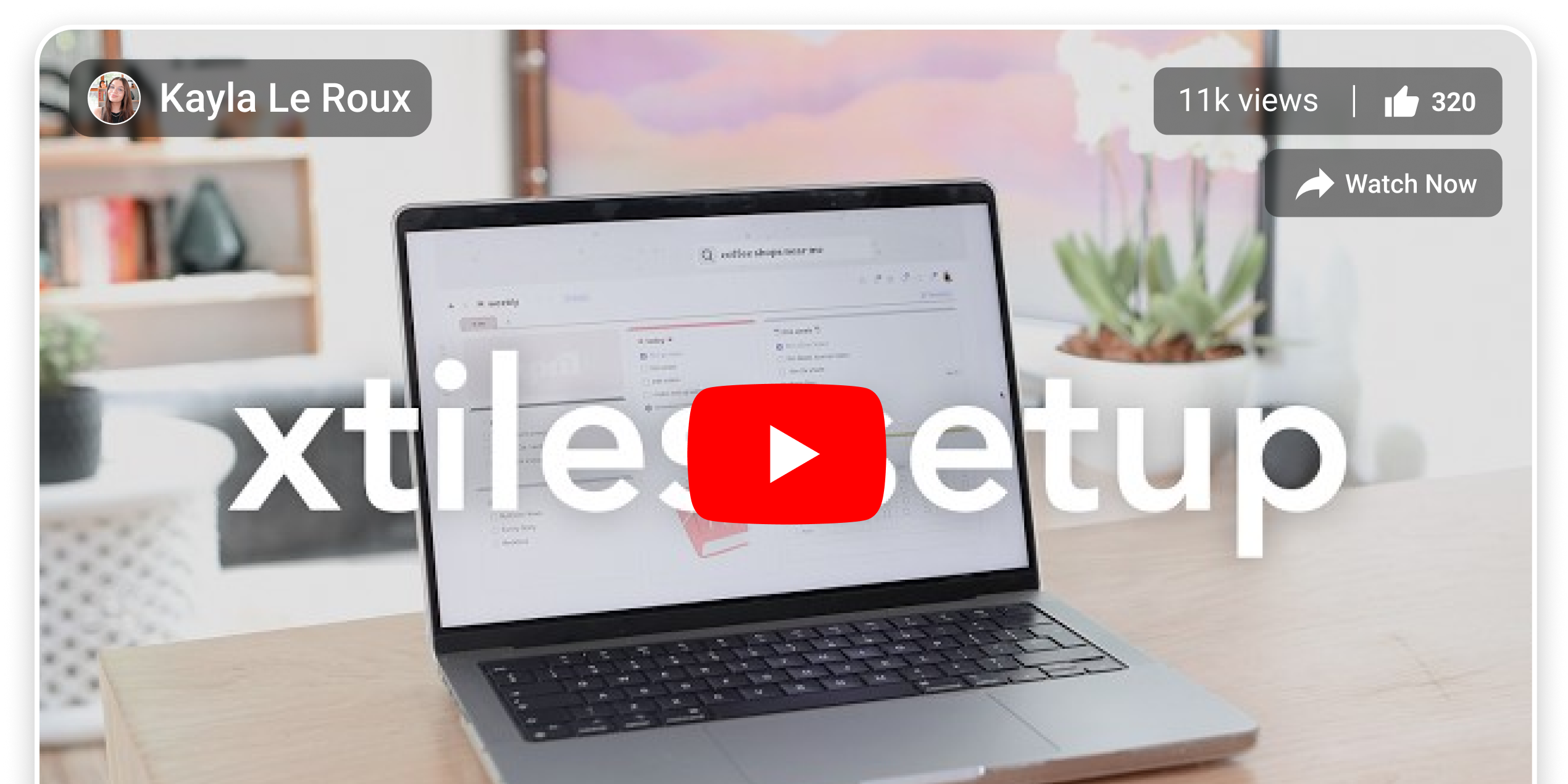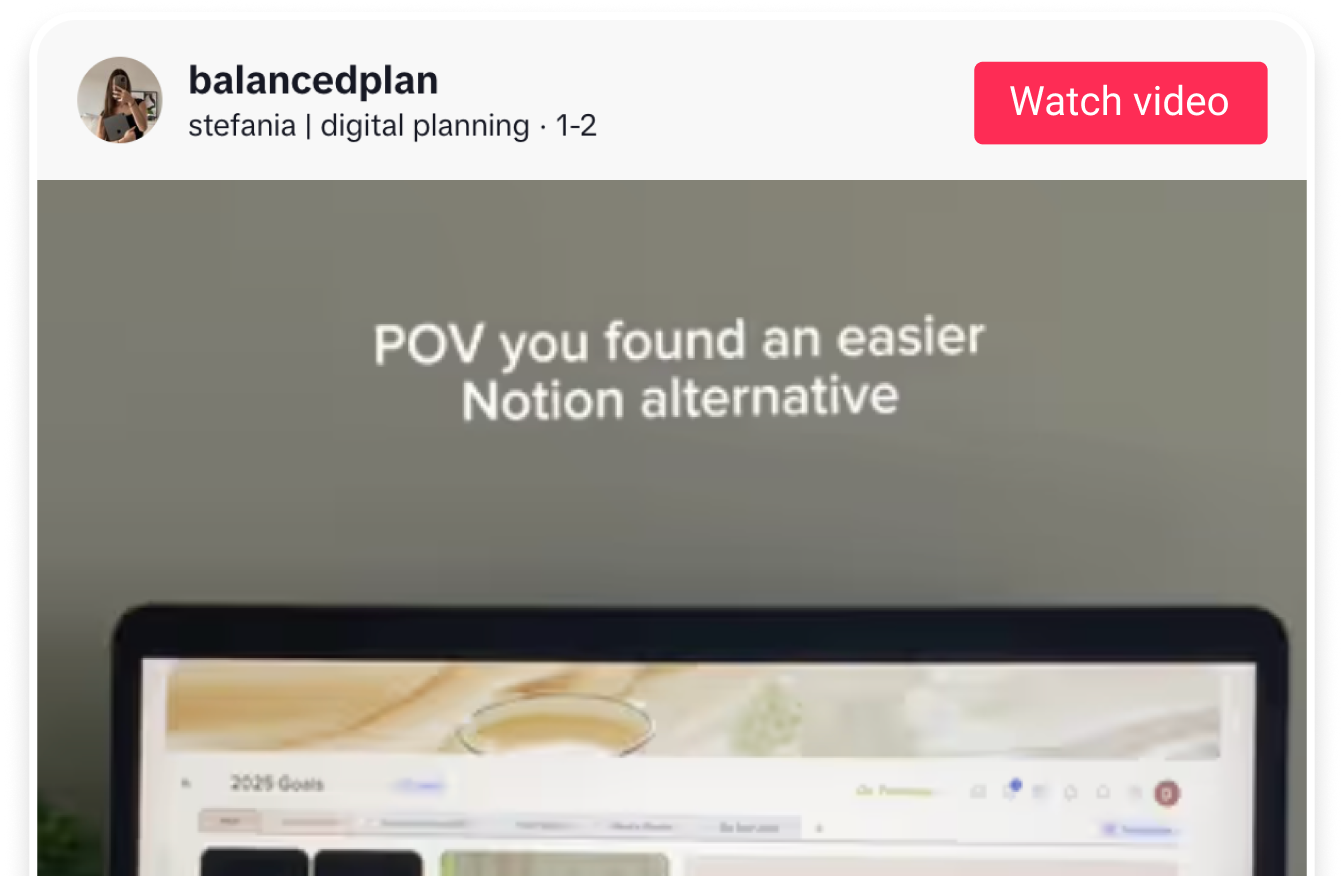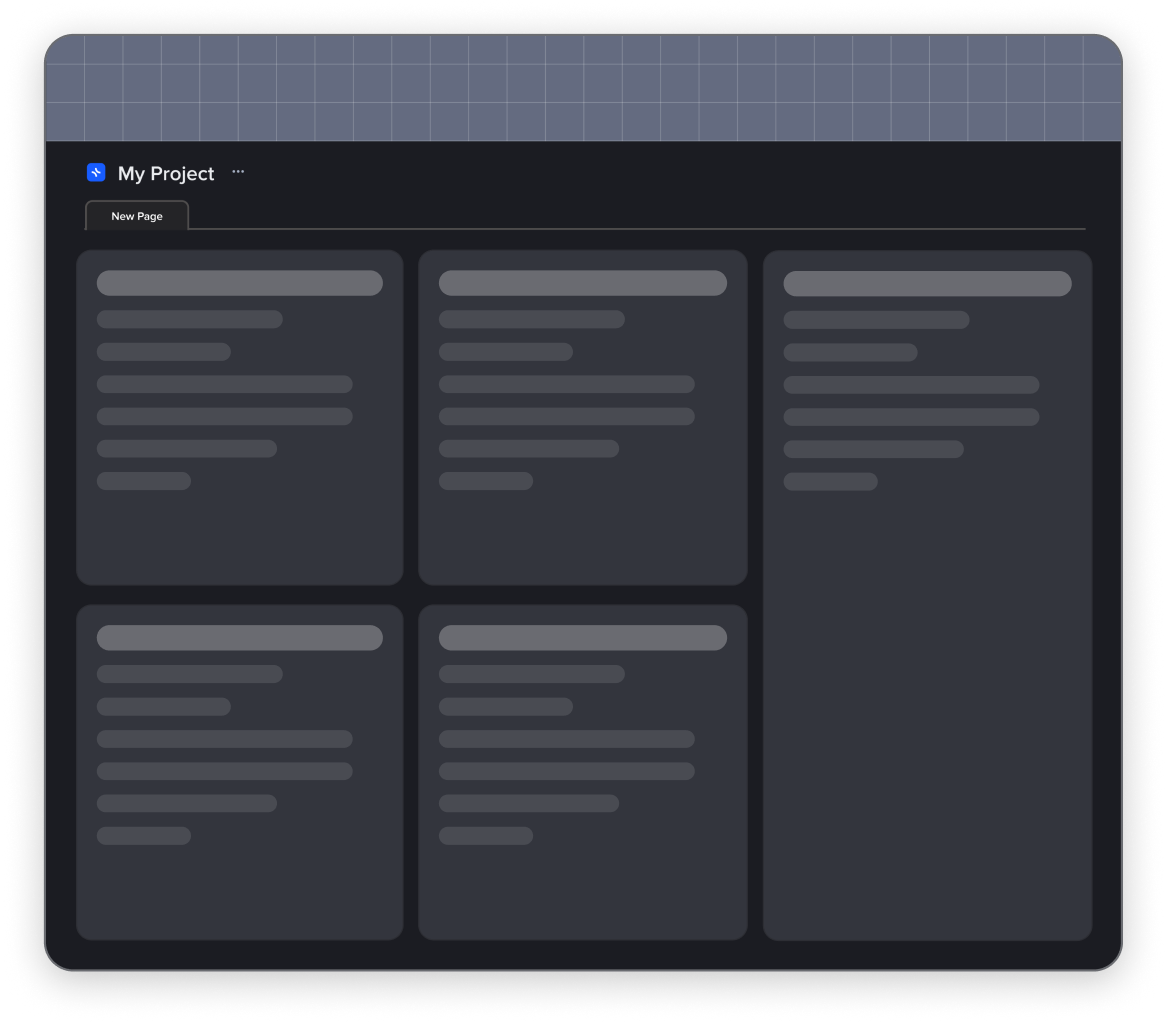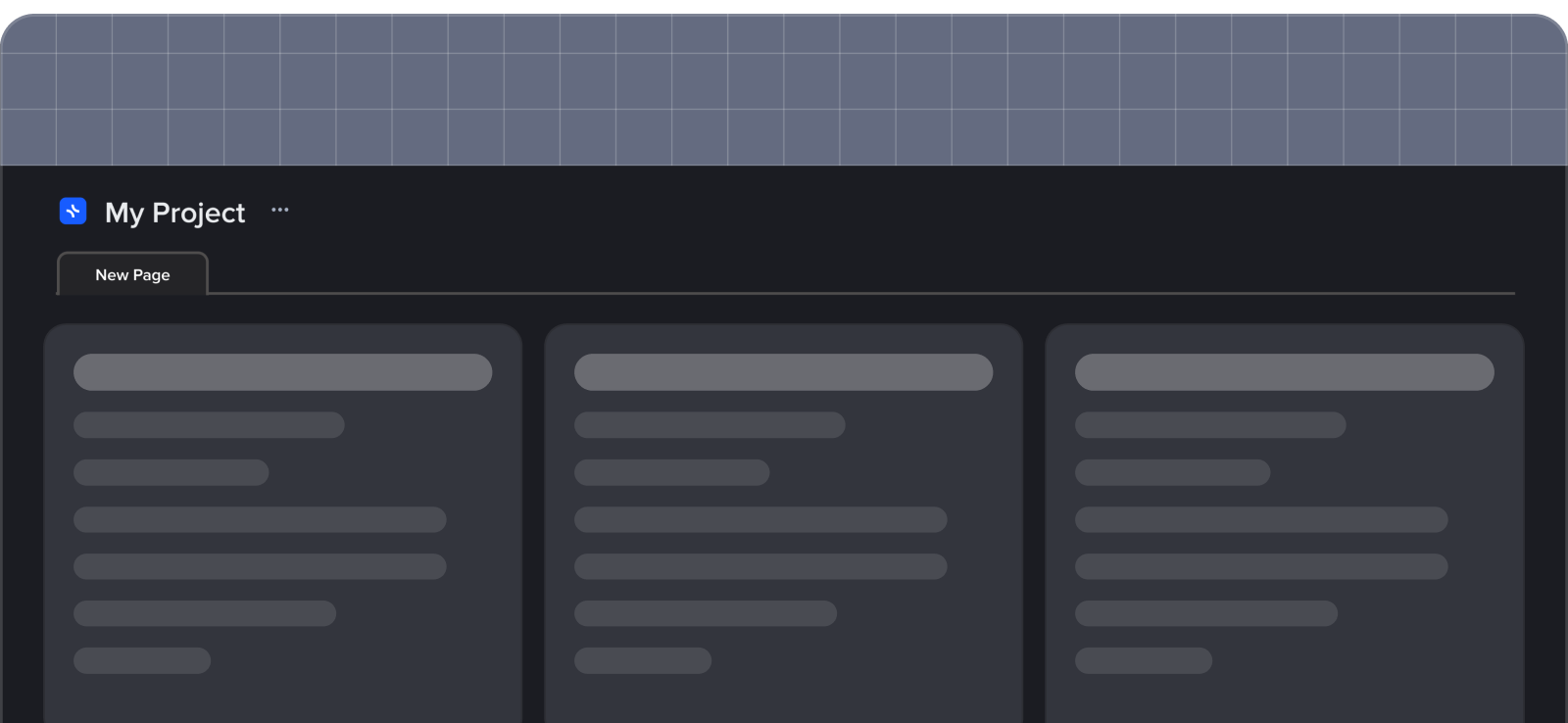Benefits of the Free Weekly Planner Template
Efficiency at Your Fingertips
The Weekly Planner Template offers a clear overview of your entire weekly schedule, enabling you to allocate time efficiently across various activities. With dedicated sections for each day, it simplifies your weekly planning by allowing you to break down tasks into manageable chunks, ensuring that nothing gets overlooked.
Customizable Weekly Planners to Suit Your Needs
One of the standout features of xTiles templates is their flexibility. Whether you’re planning for the week ahead with a minimalist design or a more detailed layout, xTiles free Weekly Planner Templates are suitable templates that can be tailored to your preferences and exceed any lined template.
Reducing Stress and Boosting Productivity
A well-structured planner not only keeps you organized but also greatly reduces stress. By using free weekly planner templates to map out your weekly schedule in advance, you eliminate the uncertainty that often causes anxiety. The Weekly Planner Motivation Template is a suitable template that encourages you to set realistic goals, prioritize tasks, and maintain a healthy work-life balance.
Why This Template Will Help You Succeed Without Unnecessary Stress
The Weekly Planner Motivation Template functions as a checklist, guiding you through your week with a clear sense of purpose. By utilizing weekly schedule templates, you can break down tasks into a daily to-do list, helping you track progress and stay on top of responsibilities without feeling overwhelmed.
This structured approach, available through editable templates and free templates, fosters a sense of accomplishment as you check off completed tasks, keeping you motivated and focused throughout the week.
Incorporating weekly quotes into your planning routine further enhances motivation, while this template also allows you to anticipate potential challenges and allocate time for problem-solving. Instead of reacting to issues as they arise, you can plan for them, reducing stress and ensuring you’re always prepared.
This proactive mindset is essential for achieving a productive week without unnecessary pressure.


